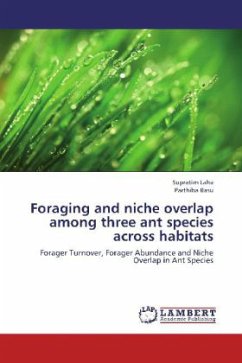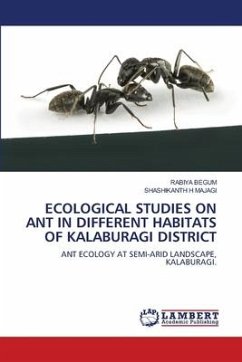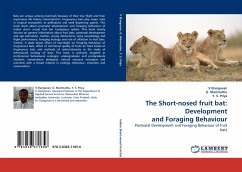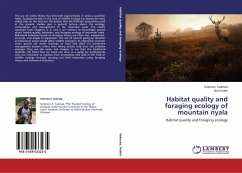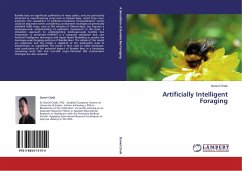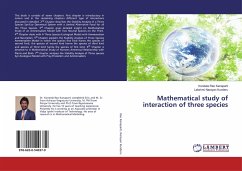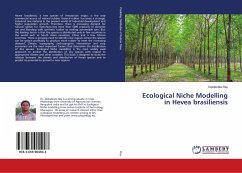Ants (Hymenoptera, Formicidae) are the most numerous insect species (about 9,500 species worldwide) comprising up to about 15% of all animal biomass in the world. Ants are eusocial insects and live in colonies. Ant colonies are grouped into two main castes- reproductives and workers. Foragers are a group of workers involved in foraging. Foraging can take place in solitary units or in groups. In group foraging ants forage in a trail; incoming foragers communicate with outgoing ones to convey information about the food source; thus, determining forager turnover of the colony for the food resource at that time point. Also, co-existing ant species often show food niche overlap with respect to the type of food utilised. This study was conducted in Kolkata (India) and three ant species were selected (viz. Meranoplus bicolor, Pheidole sp. 2 and Diacamma vagans) to compare their forager turnover and forager abundance and to see if there is any food niche overlap among them. Analysing theresults it was observed that the three ant species differ from each other in community structure and their co-existence in the study sites could be attributed to food niche overlap.
Bitte wählen Sie Ihr Anliegen aus.
Rechnungen
Retourenschein anfordern
Bestellstatus
Storno

